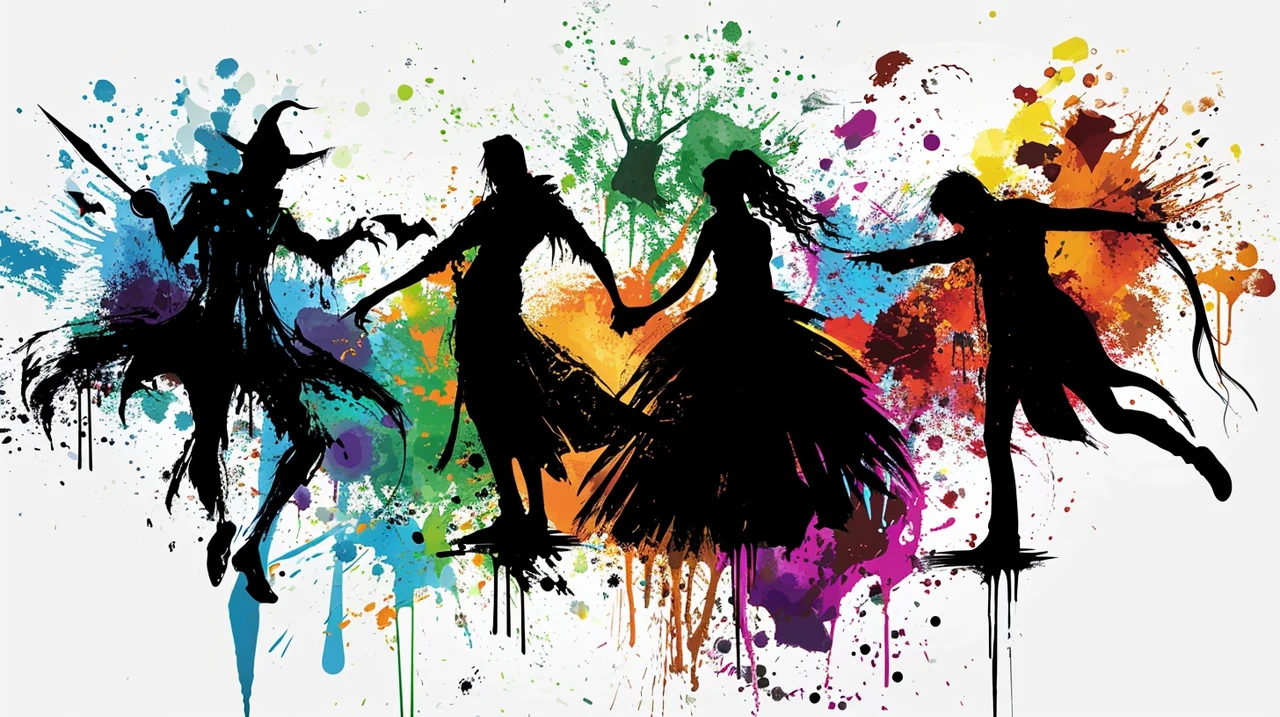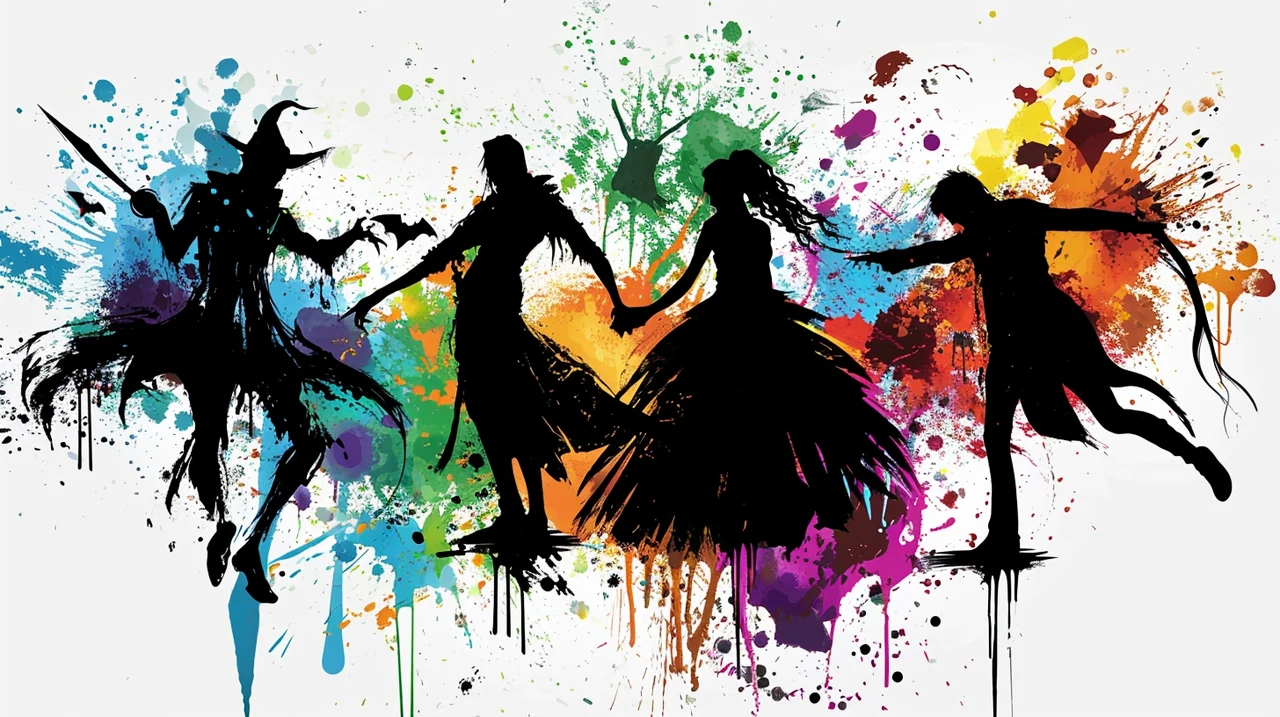
Navigating the world of Midjourney 6 is an exciting endeavor for those who have a knack for guiding artificial intelligence through the creation of captivating narratives. The art of Midjourney 6 prompt writing differs from that of Midjourney version 5. Howeverwhen mastered, can lead to the production of stories that are both vivid and coherent. This guide created by Future Tech Pilot aims to hone your abilities in writing prompts that will make your Midjourney 6 AI-generated artwork outstanding.
At the heart of a powerful prompt lies the careful choice of nouns. These are the foundation of your story, identifying the key elements such as people, places, things, or ideas. By starting with a distinct noun, you set a clear direction for your narrative. Take the word “castle,” for instance; it conjures images of majesty and history, providing a solid anchor for your description and steering the AI’s output.
To give your prompts more depth and context, incorporate prepositions that describe spatial relationships. Using phrases like “above the bustling city” or “beneath the ancient oak” can help the AI understand where elements are in relation to one another, which makes for a more engaging scene.
Midjourney 6 prompt writing
Descriptive language is your palette for creating vibrant images. Adjectives and adverbs allow you to detail physical characteristics, emotions, or the overall mood, adding layers and subtlety to your prompts. Descriptive words such as “crumbling” or “serene” for adjectives, and phrases like “swiftly gliding” or “barely whispering” for adverbs, infuse the scene with life and suggest the underlying dynamics.
Here are some other articles you may find of interest on the subject of Midjourney styles to enhance your creativity :
Bringing in references to art, design, culture, and history can also steer the AI’s creative process. Mentioning specific styles like “Art Nouveau” or time periods such as the “Victorian era” can lead the AI to produce outputs that align with those themes, enriching the narrative with a sense of authenticity and depth.
However, it’s important to steer clear of words that might cloud your prompt’s intent. Overusing adjectives or adverbs can weaken the overall effect. Aim for clarity and choose words that add significant value to the outcome you’re envisioning. The structure of your prompt is just as important as the words you choose. Placing nouns and cultural or historical references thoughtfully can make a world of difference. A prompt that is well-constructed, like “A towering lighthouse, solitary on a craggy cliff, beacon piercing the fog,” will be more striking than a jumbled collection of ideas.
Combine words to create the best Midjourney prompts
Nouns:
– Use nouns to establish the foundational subject and setting of your prompt.
– Examples include characters (e.g., “doctor,” “warrior,” “angel”), animals or creatures (e.g., “phoenix,” “cyborg Chimera”), places or settings (e.g., “island Palace,” “spaceship”), and objects or items (e.g., “sword of Montreal,” “book of Eternal Secrets”).
– Placing nouns at the beginning of the prompt gives them more influence.
Prepositions:
– Prepositions define the spatial relationship between elements in a scene.
– Examples include “at,” “on,” “beneath,” and “across.”
– They can suggest movement or direction, adding depth or perspective.
Adjectives:
– Adjectives describe or modify nouns, affecting the visual outcome of the prompt.
– They can specify appearance (e.g., “weathered wooden bench”), emotion/atmosphere (e.g., “Serene Mountain Lake”), size/shape (e.g., “winding staircase”), texture/material (e.g., “leathery laptop”), and color (e.g., “emerald colored PlayStation 6”).
Adverbs:
– Adverbs modify how something is described in the prompt, focusing on emphasis.
– They can refine qualities (e.g., “dunked dramatically”) and indicate the degree or extent of an attribute (e.g., “barely any muscles” vs. “extremely large muscles”).
References:
– References add depth and context by mentioning specific artistic styles, cultural elements, or historical settings.
– Examples include “in the style of art deco,” “reminiscent of Victorian England,” or “futuristic Viking axe.”
– Placing references at the beginning and possibly at the end of the prompt can be beneficial.
Combining :
– Combine the everything together to create a rich and detailed prompts :
– Example: “An Andy Warhol inspired pop art painting of a softly luminous mystical Garden with radiant bioluminescent plants among ancient angular rock formations.”
By carefully selecting nouns, prepositions, adjectives, and adverbs, and by integrating cultural and historical contexts, you can craft prompts for Midjourney 6 that are both precise and richly detailed. Organize your prompts with intention and avoid unnecessary words to direct your AI on a journey that is as clear as it is engaging.
Filed Under: Guides, Top News
Latest timeswonderful Deals
Disclosure: Some of our articles include affiliate links. If you buy something through one of these links, timeswonderful may earn an affiliate commission. Learn about our Disclosure Policy.

